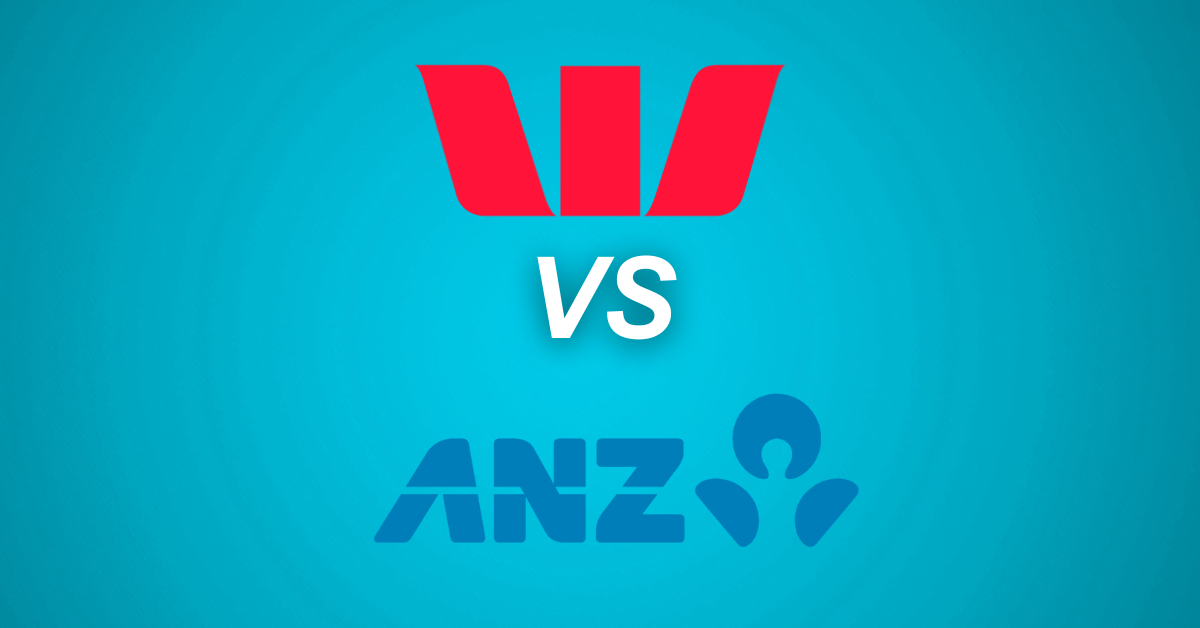Embarking on the journey to buy an existing business in Australia with no money might initially seem like a daunting endeavor, but for the financially savvy entrepreneur, it opens a world of possibilities.
This guide aims to demystify the process of no money business acquisition, offering aspiring entrepreneurs and business owners practical strategies to start a business in Australia without a hefty initial investment.
With the right approach and a deep understanding of business funding options, you can acquire a business with little capital and harness its potential for growth.
From leveraging seller financing to exploring partnership opportunities, this guide will provide you with the tools and insights needed to navigate the complex landscape of business acquisitions.
Join us as we explore how you can confidently step into the world of business ownership and unlock opportunities that await.
Understanding Business Acquisition
Before diving into the specifics of no money business acquisition, it’s crucial to understand the fundamentals of buying an existing business and why it can be an attractive option for aspiring entrepreneurs in Australia.
Key Benefits of Buying a Business
Purchasing an established business offers several advantages over starting from scratch. One of the primary benefits is the existing customer base, which provides immediate cash flow and revenue. This can be particularly valuable for financially savvy entrepreneurs looking to acquire a business with little capital.
Another significant advantage is the established infrastructure. When you buy an existing business, you inherit systems, processes, and often a trained workforce. This can significantly reduce the time and resources needed to get the business operational.
Lastly, an existing business comes with a track record of performance. This historical data can be invaluable for securing financing and planning for future growth. It provides insights into the business’s strengths, weaknesses, and potential for improvement.
Common Misconceptions Debunked
Many aspiring business owners believe that buying an existing business is out of reach without substantial capital. However, this is a common misconception that often prevents people from exploring viable opportunities.
One myth is that all sellers require full payment upfront. In reality, many business owners are open to alternative payment structures, such as earn-outs or seller financing, which can make a no money business acquisition possible.
Another misconception is that only struggling businesses are available for purchase. On the contrary, successful businesses are frequently put up for sale due to retirement, change in personal circumstances, or strategic shifts in the owner’s focus.
Lastly, some believe that buying a business is more risky than starting one. While all business ventures carry risk, acquiring an established business often comes with lower uncertainty due to its operational history and proven business model.

Financing Without Upfront Capital
For those looking to start a business in Australia without significant personal funds, creative financing strategies can make business ownership a reality. This section explores innovative approaches to funding your business acquisition.
Creative Financing Strategies
When pursuing a no money business acquisition, thinking outside the box is essential. One effective strategy is to leverage the business’s assets through asset-based lending. This approach allows you to use the company’s inventory, equipment, or accounts receivable as collateral for a loan.
Another creative option is to explore vendor take-back financing. In this arrangement, suppliers who have a vested interest in the business’s success may provide credit or delayed payment terms, effectively financing part of your purchase.
Consider also the possibility of forming a partnership or bringing in investors. By pooling resources and expertise, you can make an acquisition that might otherwise be out of reach. This approach can be particularly effective if you bring unique skills or industry knowledge to the table.
Crowdfunding is another innovative financing method gaining traction. While more commonly associated with startups, some platforms cater to business acquisitions, allowing you to raise capital from a large number of small investors.
Lastly, don’t overlook government grants and programs designed to support small business acquisitions. These can provide valuable funding or resources to help you get started.
Leveraging Seller Financing
Seller financing is a powerful tool for those looking to acquire a business with little capital. In this arrangement, the seller essentially becomes the bank, allowing you to pay for the business over time.
This approach offers several benefits. First, it demonstrates the seller’s confidence in the business’s future success. If they’re willing to finance the sale, it’s often a good sign of the company’s viability.
Seller financing can also provide more flexible terms than traditional bank loans. You may be able to negotiate lower interest rates, longer repayment periods, or performance-based payments that align with the business’s cash flow.
Moreover, this method can simplify the acquisition process by reducing the need for extensive due diligence from third-party lenders. The seller already knows the business intimately and may be more willing to work with you on the terms.
However, it’s crucial to approach seller financing with caution. Ensure that the terms are clearly defined and that you have a solid plan for meeting the payment obligations. Remember, defaulting could result in losing both the business and your investment.
Navigating Legal and Financial Hurdles
Acquiring a business involves navigating complex legal and financial landscapes. Understanding these aspects is crucial for a successful no money business acquisition in Australia.
Due Diligence Essentials
Due diligence is a critical step in the business acquisition process. It involves thoroughly investigating all aspects of the business to ensure you’re making an informed decision. This process is especially important when you’re acquiring a business with little capital, as you have less room for error.
Start by examining the company’s financial records. Look for consistent revenue growth, healthy profit margins, and manageable debt levels. Pay special attention to cash flow, as this will be crucial for meeting your financial obligations post-acquisition.
Next, review all legal documents, including contracts, leases, and licenses. Ensure that all necessary permits are in place and transferable. This step can help you avoid unexpected legal issues down the line.
Assess the business’s market position and competitive landscape. Understanding the company’s strengths and weaknesses in relation to its competitors can help you plan for future growth and identify potential risks.
Lastly, don’t neglect the human element. Evaluate the existing team, company culture, and key customer relationships. These factors can significantly impact the business’s long-term success.
Structuring the Purchase Agreement
The purchase agreement is a crucial document in any business acquisition. When you’re buying a business with no money down, structuring this agreement correctly becomes even more important.
First, clearly define the purchase price and payment terms. If you’re using seller financing, specify the interest rate, repayment schedule, and any performance-based adjustments. Consider including clauses that allow for early repayment without penalties.
Include detailed representations and warranties from the seller. These should cover aspects like the accuracy of financial statements, the status of assets, and the absence of any pending legal issues. These provisions protect you from undisclosed problems.
Consider incorporating an earn-out clause. This ties a portion of the purchase price to the business’s future performance, aligning the seller’s interests with yours and potentially reducing your upfront costs.
Clearly outline any conditions that must be met before the sale is finalized. This might include obtaining necessary licenses, transferring key contracts, or securing critical employee agreements.
Finally, include provisions for post-sale support from the seller. This can be invaluable when you’re taking over a business, especially if you’re new to the industry.
Identifying Profitable Opportunities
Finding the right business to acquire is crucial for success, especially when you’re pursuing a no money business acquisition. This section explores strategies for identifying and evaluating potential opportunities.
Market Research Techniques
Effective market research is essential for identifying profitable business opportunities. Start by analyzing industry trends and growth projections. Look for sectors that are showing steady growth or are poised for expansion in the near future.
Utilize online resources such as industry reports, government databases, and business listings. These can provide valuable insights into market size, competition, and potential acquisition targets.
Networking is another powerful tool. Attend industry events, join professional associations, and connect with business brokers. These connections can often lead to off-market opportunities that aren’t publicly listed.
Consider conducting surveys or focus groups to understand customer needs and preferences in your target market. This information can help you identify businesses that are well-positioned to meet these demands.
Lastly, don’t overlook the power of local research. Visit businesses in person, talk to employees and customers, and get a feel for the local market dynamics. This grassroots approach can uncover hidden gems that might be perfect for acquisition.
Evaluating Business Viability
Once you’ve identified potential acquisition targets, it’s crucial to evaluate their viability thoroughly. This process helps ensure that you’re investing your time and resources in a business with genuine potential.
Start by analyzing the business’s financial health. Look beyond just revenue and profit figures. Examine cash flow patterns, debt levels, and working capital requirements. A business with strong, consistent cash flow is often a good candidate for a no money acquisition.
Assess the business’s competitive position. What unique value does it offer customers? How does it differentiate itself from competitors? A strong market position can indicate long-term viability and growth potential.
Evaluate the business’s operational efficiency. Look for opportunities to improve processes, reduce costs, or expand offerings. These potential improvements can add significant value post-acquisition.
Consider the transferability of the business. Some companies are heavily reliant on the current owner’s relationships or expertise. Ensure that key assets, including customer relationships, can be effectively transferred to new ownership.
Finally, think about scalability. Does the business model allow for growth without proportional increases in costs? Scalable businesses often make the best acquisition targets, especially when you’re working with limited capital.
Building a Strong Acquisition Plan
A well-crafted acquisition plan is crucial for successfully buying an existing business, especially when pursuing a no money business acquisition. This section outlines key strategies for a smooth transition and long-term success.
Developing a Transition Strategy
A comprehensive transition strategy is vital when taking over an existing business. It ensures continuity of operations and minimizes disruptions during the ownership change.
Start by developing a detailed timeline for the transition process. Identify key milestones and assign responsibilities for each task. This helps keep the transition on track and ensures nothing falls through the cracks.
Communication is crucial during this period. Develop a plan for informing employees, customers, and suppliers about the change in ownership. Be transparent about your vision for the business and address any concerns proactively.
Consider retaining key employees, especially those with critical knowledge or customer relationships. Offer incentives if necessary to ensure their continued engagement during and after the transition.
Implement systems to transfer knowledge from the previous owner. This might include shadowing periods, detailed documentation of processes, or ongoing consulting arrangements.
Lastly, plan for contingencies. No transition is perfectly smooth, so have backup plans in place for potential challenges or unexpected issues that may arise during the process.
Ensuring Long-term Success
Long-term success requires careful planning and strategic decision-making. As a financially savvy entrepreneur, your goal should be to not just maintain the business, but to grow and improve it.
Start by setting clear, achievable goals for the first year, five years, and beyond. These should align with your vision for the business and take into account market trends and opportunities.
Develop a robust financial management system. This is particularly important when you’ve acquired the business with little capital. Monitor cash flow closely and have strategies in place to manage any debt obligations.
Invest in technology and systems that can improve efficiency and scalability. This might include implementing new software, automating processes, or upgrading equipment.
Focus on building and maintaining strong customer relationships. Regularly seek feedback and be responsive to customer needs. A loyal customer base is a valuable asset for any business.
Continuously educate yourself about industry trends and best practices. Join professional associations, attend conferences, and network with other business owners to stay informed and gain new insights.
Lastly, don’t be afraid to innovate. Look for opportunities to diversify your offerings, enter new markets, or improve your products or services. Innovation can be a key driver of long-term success and growth.




